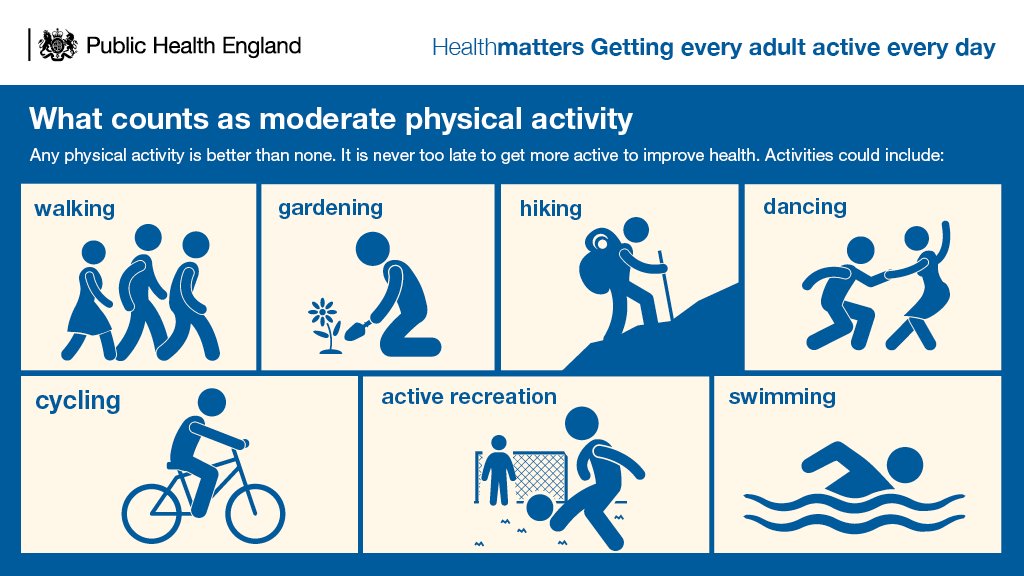


As the patient performs specific exercises, blood samples are drawn for blood gas analysis, and ventilatory function tests such as tidal volume, total lung capacity, and vital capacity are conducted. These procedures must be performed in a clinical setting where health care personnel are available in the event symptoms develop during exercise, such as dyspnea, vertigo, extreme fatigue, severe arrhythmias, or other abnormal EKG readings.Įxercise testing also may be used to assess the pulmonary status of a patient with a respiratory disease. The technique cannot determine the location of the lesion causing cardiac ischemia and therefore must be supplemented with angiocardiography when coronary occlusion is detected.Ĭommon forms of exercise used include the treadmill and the bicycle ergometer. Called also stress testing.Ĭlinical exercise testing has become an important tool in screening for and diagnosing early ischemic heart disease that cannot be detected by a standard resting EKG, and in predicting the probability of the development of the condition in later years. GOV.UK also has a number of physical activity guidelines as infographics.Exercise testing a technique for evaluating circulatory response to physical stress it involves continuous electrocardiographic monitoring during physical exercise, the objective being to increase the intensity of physical exertion until a target heart rate is reached or signs and symptoms of cardiac ischemia appear. Physical activity guidelines for older adults.Physical activity guidelines for children and young people.Physical activity guidelines for children (under 5 years).Physical activity recommendations for other age groups: Muscle-strengthening exercises are not always an aerobic activity, so you'll need to do them as well as your 150 minutes of aerobic activity. You can do activities that strengthen your muscles on the same or different days as your aerobic activity – whatever's best for you. strength workout videos in our Fitness Studio exercise videos.heavy gardening, such as digging and shovelling.

doing exercises that use your own body weight, such as push-ups and sit-ups.There are many ways you can strengthen your muscles, whether you're at home or in a gym.Įxamples of muscle-strengthening activities include: To get health benefits from strength exercises, you should do them to the point where you need a short rest before repeating the activity. This type of exercise is also known as High Intensity Interval Training (HIIT).Įxamples of very vigorous activities include: Very vigorous activities are exercises performed in short bursts of maximum effort broken up with rest. sports, like football, rugby, netball and hockeyįor a moderate to vigorous workout, get running with Couch to 5K, a 9-week running plan for beginners.Most moderate activities can become vigorous if you increase your effort. In general, 75 minutes of vigorous intensity activity a week can give similar health benefits to 150 minutes of moderate intensity activity. If you're working at this level, you will not be able to say more than a few words without pausing for breath. Vigorous intensity activity makes you breathe hard and fast. One way to tell if you're working at a moderate intensity level is if you can still talk, but not sing.Įxamples of moderate intensity activities include: Moderate activity will raise your heart rate, and make you breathe faster and feel warmer. What counts as moderate aerobic activity? Vigorous activity is not recommended if you were inactive before pregnancy. You should include strength training.Īfter your 6- to 8-week postnatal check, you can start to do more intense activities if you feel you're able to. When you start exercising after pregnancy, make sure your physical activity choices reflect your activity levels before pregnancy. a mix of moderate, vigorous and very vigorous intensity activity.several short sessions of very vigorous intensity activity.You can also achieve your weekly activity target with: reduce time spent sitting or lying down and break up long periods of not moving with some activity.spread exercise evenly over 4 to 5 days a week, or every day.do at least 150 minutes of moderate intensity activity a week or 75 minutes of vigorous intensity activity a week.do strengthening activities that work all the major muscle groups (legs, hips, back, abdomen, chest, shoulders and arms) on at least 2 days a week.Make sure your activity and its intensity are appropriate for your fitness. Speak to your GP first if you have not exercised for some time, or if you have medical conditions or concerns. Exercise just once or twice a week can reduce the risk of heart disease or stroke. Adults should do some type of physical activity every day.


 0 kommentar(er)
0 kommentar(er)
